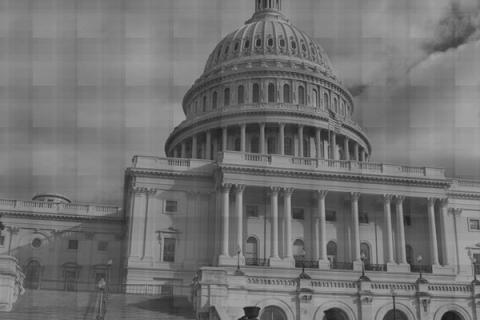Cited by some activists as horsemen of the American Apocalypse, “big business” and “big labor” are none too popular in the current political climate. On the other hand, a Gallup poll released Monday points to yet a third proverbial horseman in the form of “big government” and possibly reflects a distancing on the part of public from the two major parties in power.
It turns out that Americans’ fear of big government far outweighs concerns generated by the others. Gallup asked the following in its latest survey on the topic: “In your opinion, which of the following will be the biggest threat to the country in the future- big business, big labor, or big government?”
The 64% of Americans who say that big government will be a more significant threat is just one percentage point shy of the record high. What’s more is that this category of concern has outpaced the rest of the pack since Gallup started asking this trend question back in 1965.
From the more libertarian-minded standpoint, an argument could be made that the public prefers a more limited government approach. From the progressive side of the issue, it could be argued that these latest findings don’t necessarily deal a lethal blow to having a significant government role in certain matters-just that the politicians in charge have misfired in effectively implementing such a model.
If there’s anything that could be decisively inferred from these latest Gallup findings, it’s that individuals of all ideological stripes believe that the politicians in charge have been poor stewards of the growing power granted to them. Up from 32% in March 2009, Gallup finds that 48% of Democrats now say that big government is the biggest threat to the nation. In addition, 82% of Republicans and 64% of independents share the same sentiment (up from 80% and 59% in 2009 respectively). These numbers would seem to suggest that the mood is conducive to a major shake-up of the current political system.
This latest Gallup Poll was conducted through telephone interviews from Nov. 28- Dec. 1, 2011 with a random sample of 1,012 U.S. adults. The maximum margin of sampling error for the total sample of national adults was +/- 4 percentage points, with a 95% confidence rate.

